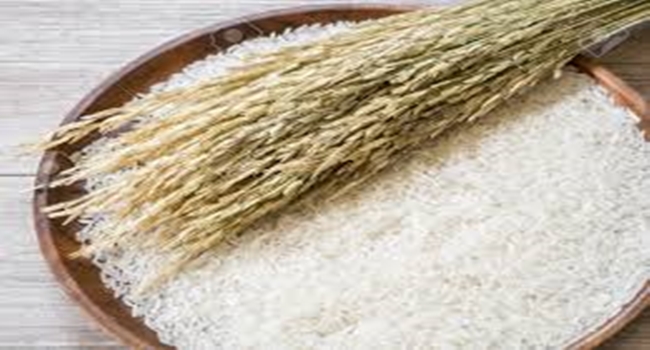The quantitative restriction puts the burden of rice supply and demand to the government while the market forces are being limited by the quota system.
The current administration is planning to push for the amendment of a 10-year-old legislation that put in place the rice import quota in line with economic managers’ decision to scrap the quantitative restriction (QR) for good in the coming year.
In a statement issued on September 2, Friday night, the Office of the Cabinet Secretary said: “During the economic sub-cluster meeting held at Malacañan Palace last Aug. 24, the cluster members agreed to allow the lifting of the QR. However, this does not mean an open market domestically, considering the existing of Republic Act (RA) No. 8178, otherwise known as the Agricultural Tariffication Act of 1996”.

It added that, “As explained by the Department of Agriculture in the technical working group meeting last Sept. 1, RA 8178 has to be amended to meet and comply with the lifting of the QR. Thus, it is recommended to revisit RA 8178 and amend the same accordingly to provide a harmonized direction on rice importation in the country”.
It was earlier disclosed by the National Economic and Development Authority (NEDA) that the economic managers decided to remove the Philippines’ quota on rice importation as the government moves to lower the prices of rice, the staple food of the Filipino people.
NEDA Director Reynaldo R. Cancio said in an investor conference call last week that repealing the QR on rice will form part of a strategic trade policy to be pursued by the Duterte administration aimed at bringing down food prices.

The World Trade Organization (WTO) in 2014 allowed the Philippines to extend its QR on rice until June 30, 2017, in a bid to buy more time for local farmers to prepare for free trade in light of the government’s goal of achieving rice self-sufficiency.
Because of the quota that the government imposes on rice imports, domestic prices are vulnerable to shocks resulting from meager supply.
The QR puts the burden of rice supply and demand to the government while the market forces are being limited by the quota system.
